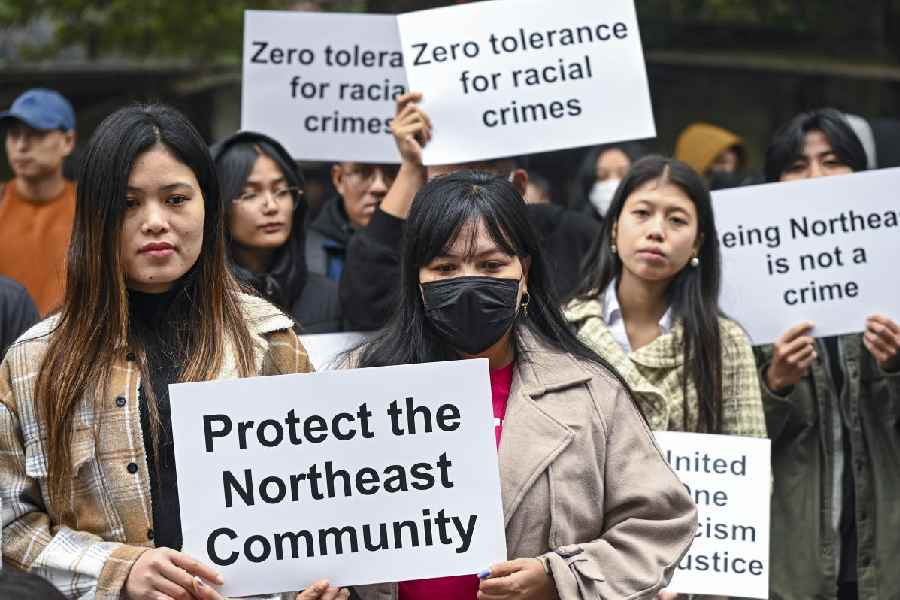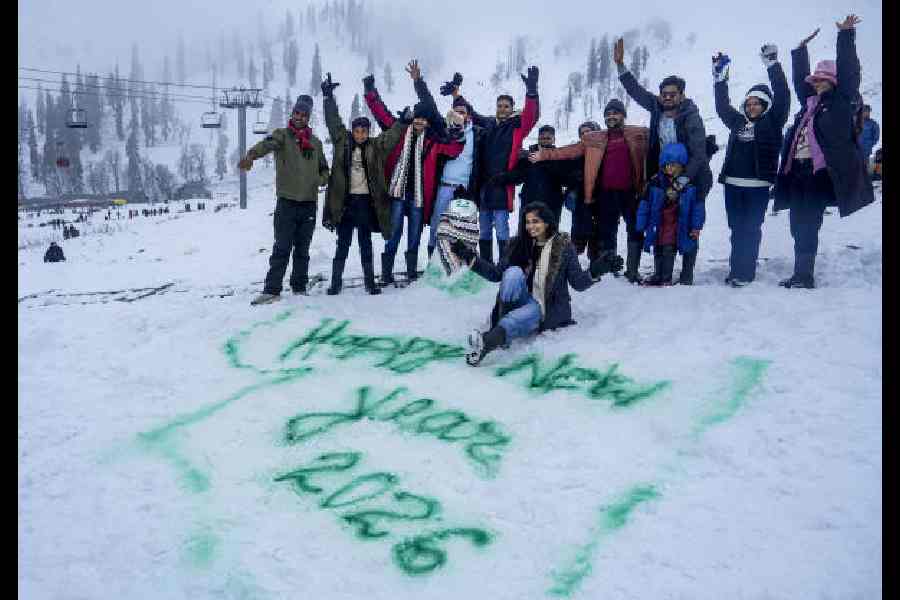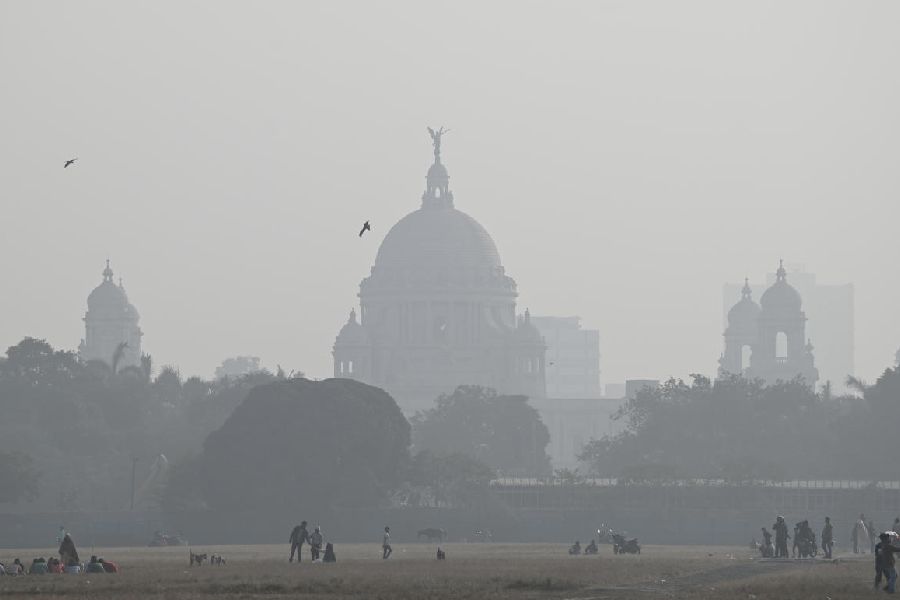 |
New Delhi, May 11: The trend began in Tamil Nadu and caught on in the east, west and the rest of the south. But is it possible that Uttar Pradesh, the centre of heartland politics, is also going regional with the “mainstream” parties pushed to the margins?
Assembly polls in the state have narrowed down to virtually direct fights between the Samajwadi Party and the Bahujan Samaj Party. After flashes of BJP brilliance in 1996, 1998 and 1999, the general elections seem to have taken the same route.
The 2004 verdict, which gave the Samajwadis and their allies 38 of the 80 seats and the BSP 19, seems to have set the stage for today’s outcome. Except that the mandate was turned upside down.
Three years ago, the BJP won 10 seats and the Congress nine. It’s almost a replay this time.
Few foresee any major change in the pattern in the near future. Just as Tamil Nadu swings between the pro-Dravidian DMK and ADMK, Uttar Pradesh will perhaps see-saw from Mayavati to Mulayam Singh Yadav and back.
What does it mean for Indian politics? Across vast swathes north of the Vindhyas, regional outfits have gained the upper hand, or at least caught up with the “pan-Indian” parties — the ones with a presence in most states.
Sudha Pai, senior fellow with Delhi’s Jawaharlal Nehru Memorial Museum and Library and author of a study on the BSP, calls this the “regionalisation of the party system”. In the 2009 Lok Sabha elections, she expects the BJP and the Congress to be pushed further off centre-stage.
Bihar now alternates between the Janata Dal (United) and the Rashtriya Janata Dal. The National Conference and People’s Democratic Party fight for the Kashmir Valley while the Congress and the BJP slug it out in Jammu and Ladakh.
In Punjab and Assam, the Akali Dal and the Asom Gana Parishad factions have gained enough for the BJP to do sustained business with them. Maharashtra has the Shiv Sena and the Nationalist Congress Party.
The CPM, confined mainly to Bengal, Tripura and Kerala, can perhaps qualify as a regional party, too.
Add to that the Biju Janata Dal in Orissa and southern outfits such as the Telugu Desam Party and the Janata Dal (Secular), and the only islands of “pan-nationalism” left are Madhya Pradesh, Rajasthan, Chhattisgarh, Himachal Pradesh and Delhi.
For how long? The BSP did well in the Delhi civic polls and the Gondwana Ganatantra Parishad made inroads in the last Madhya Pradesh elections.
JNU professor Zoya Hasan said: “For the time being, it appears that the two big parties are not doing well.”
But she made a distinction between the Samajwadi Party-BSP and southern parties like the Desam and the pro-Dravidian outfits. “They represent Tamil Nadu and Andhra in a way the Samajwadi Party and the BSP don’t in Uttar Pradesh.”
Pai explained the idea: “I shall call them state-level parties because they don’t have a regional character. There is an upsurge for them from those below who question the caste hierarchy. The Congress and the BJP haven’t kept up with the times.”
Uttar Pradesh Congress chief Salman Khurshid seemed unsettled by the theory. He said he saw hope in the verdict because “we can reinvent ourselves (unlike the) other three players”.










